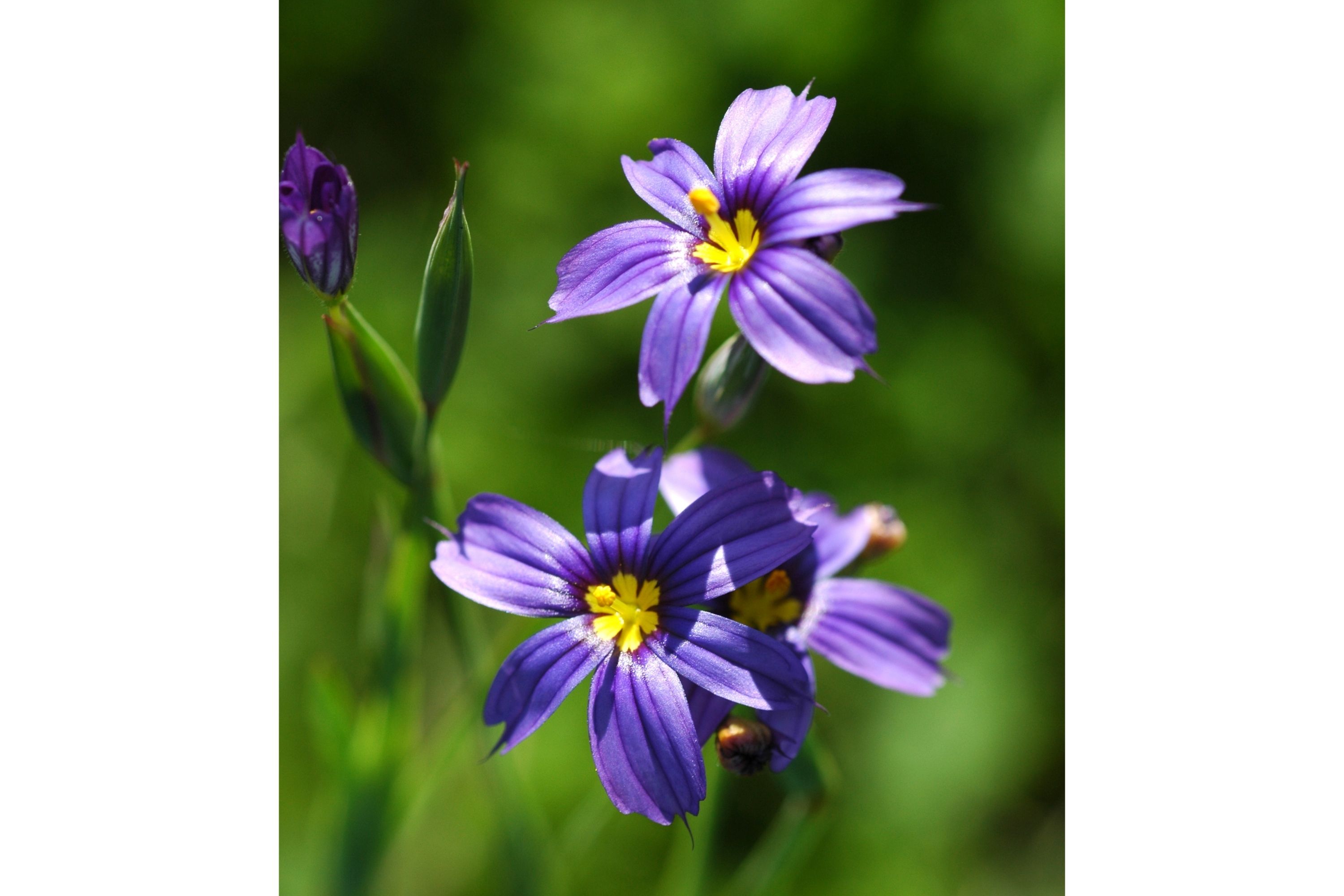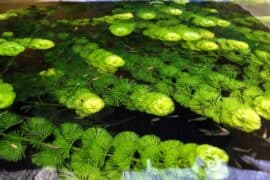Sisyrinchium platense
(Sisyrinchium platense)

Description
Sisyrinchium platense is a species of flowering plant in the family Iridaceae. Native from the Pampas region of South America (Bolivia, Peru, northern Argentina, southern Brazil, Uruguay) they are found growing in fertile and moist soils. Sisyrinchium platense is a herbaceous perennial with many thin leaves produced from fleshy roots. It normally grows about 20 cm high. Plants are spring blooming and the flower display is showy. Like other species in this genus they have flowers with six petal-like tepals that are bluish violet in color with darker veins, the flowers arise from the top of the stems and have green flat bracts. Fruits are capsules with many small seeds. Sisyrinchium is a large genus of annual to perennial flowering plant in the family Iridaceae. Native to the New World, the species are known as blue-eyed grasses and, though not true grasses and in varieties with flower colors other than blue, are monocots. Several species in the eastern United States are threatened or endangered. These are not true grasses, but many species have the general appearance of grasses, as they are low-growing plants with long, thin leaves. They often grow on grasslands. Many species resemble irises, to which they are more closely related. Most species grow as perennial plants, from a rhizome, though some are short-lived (e.g. S. striatum), and some are annuals (e.g. S. iridifolium). The flowers are relatively simple and often grow in clusters. Many species, particularly the South American ones, are not blue, despite the common name. The genus includes species with blue, white, yellow, and purple petals, often with a contrasting centre. Of the species in the United States, the Western Blue-eyed Grass, Sisyrinchium bellum, is sometimes found with white flowers, while the California Golden-eyed Grass, Sisyrinchium californicum, has yellow flowers. The genus was named by Carl Linnaeus in 1753, based on the species Sisyrinchium bermudiana (commonly called Bermudiana). Sisyrinchíon is the Greek word, recorded by Pliny and Theophrastus, for the Barbary nut iris (Iris or Moraea sisyrinchium), and refers to the way the corm tunics resemble a shaggy goat's-hair coat, sisýra. Authors as early as 1666 give the dubious etymology of Latin sūs "pig" and Greek rhynchos "nose", referring to pigs grubbing the roots.
Taxonomic tree:







